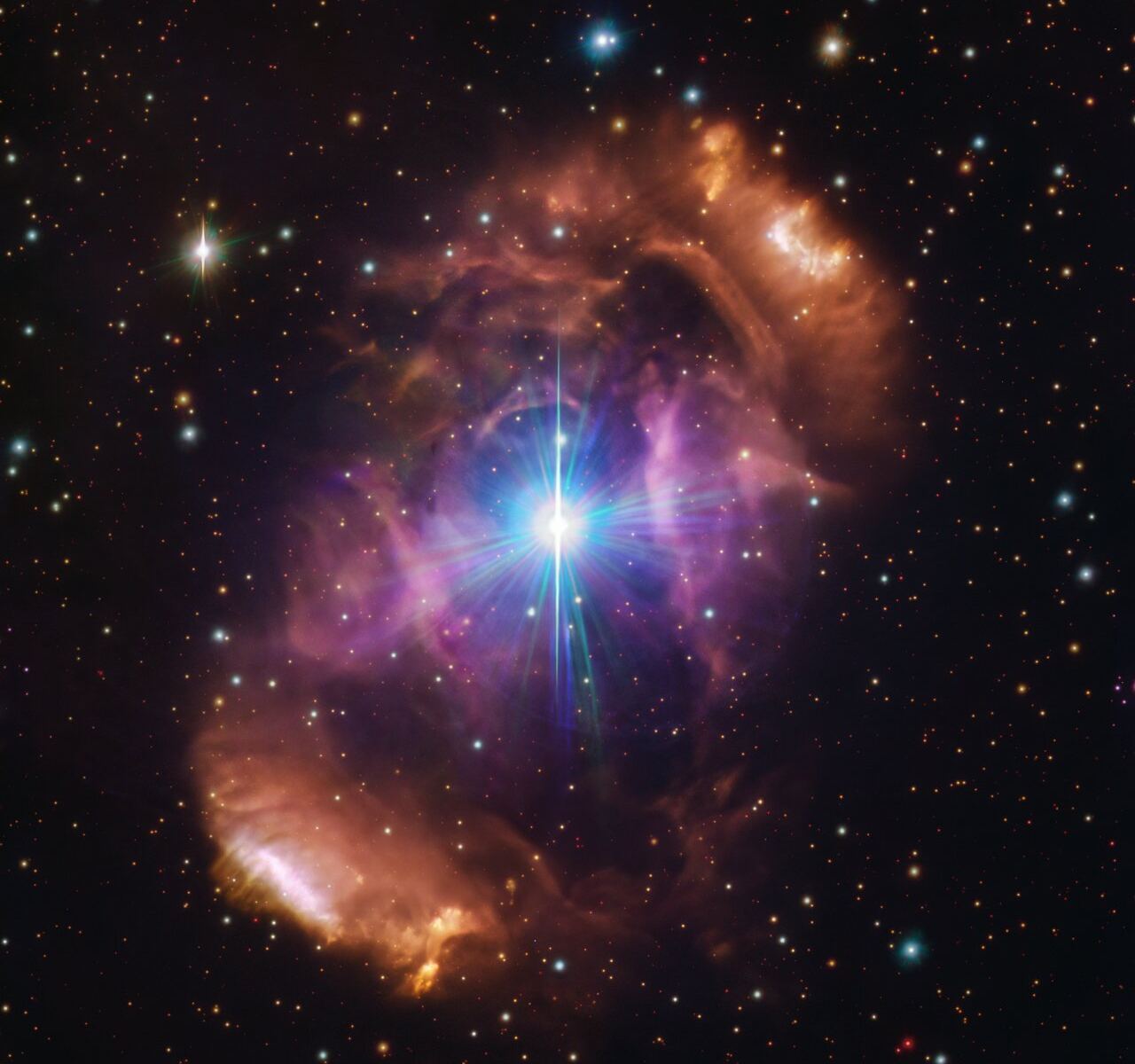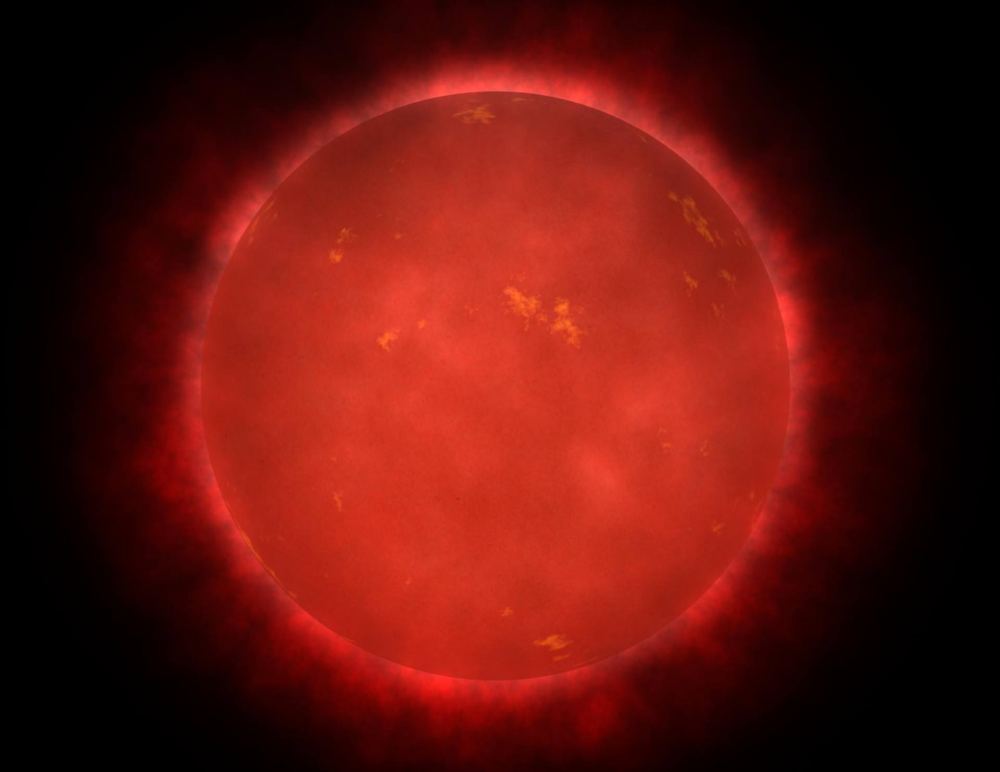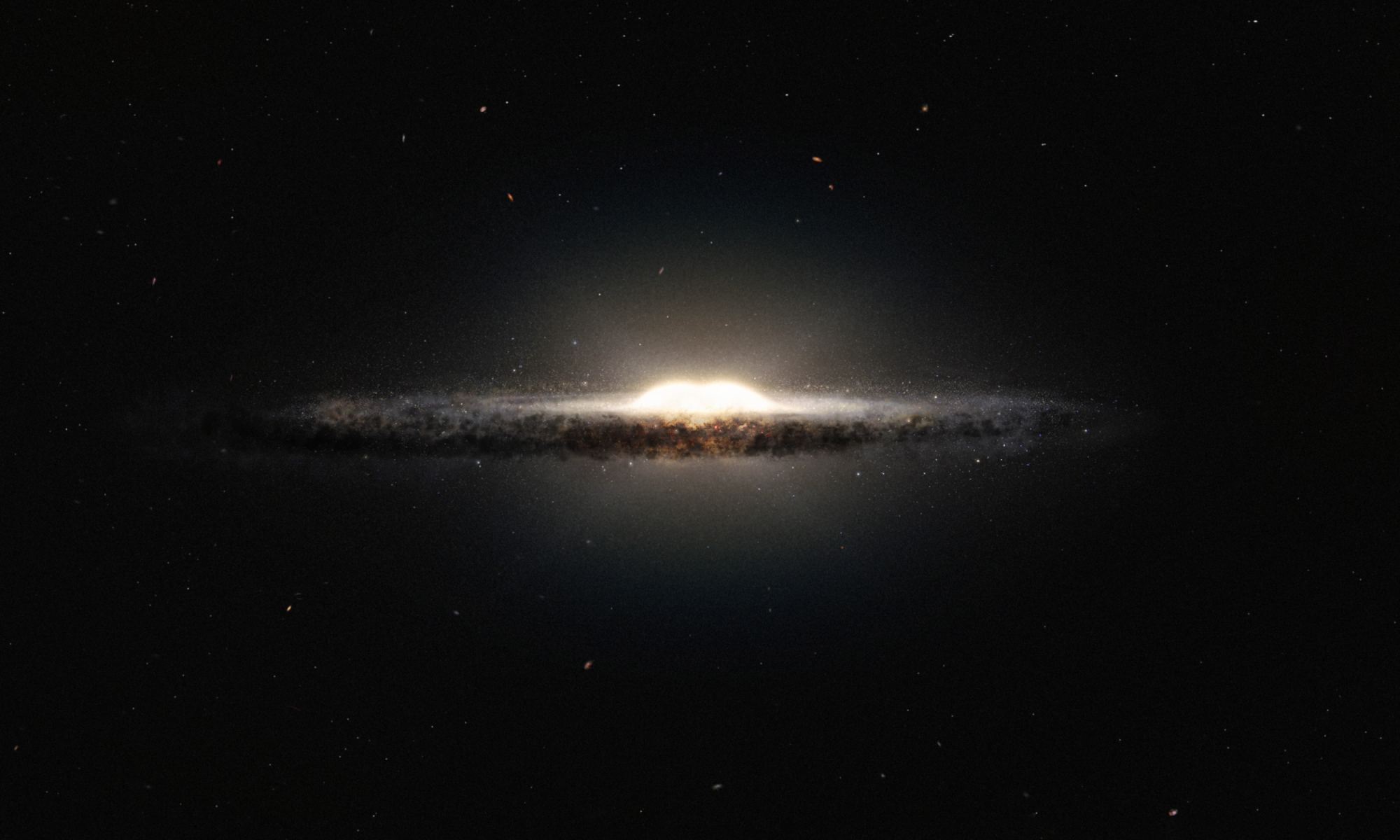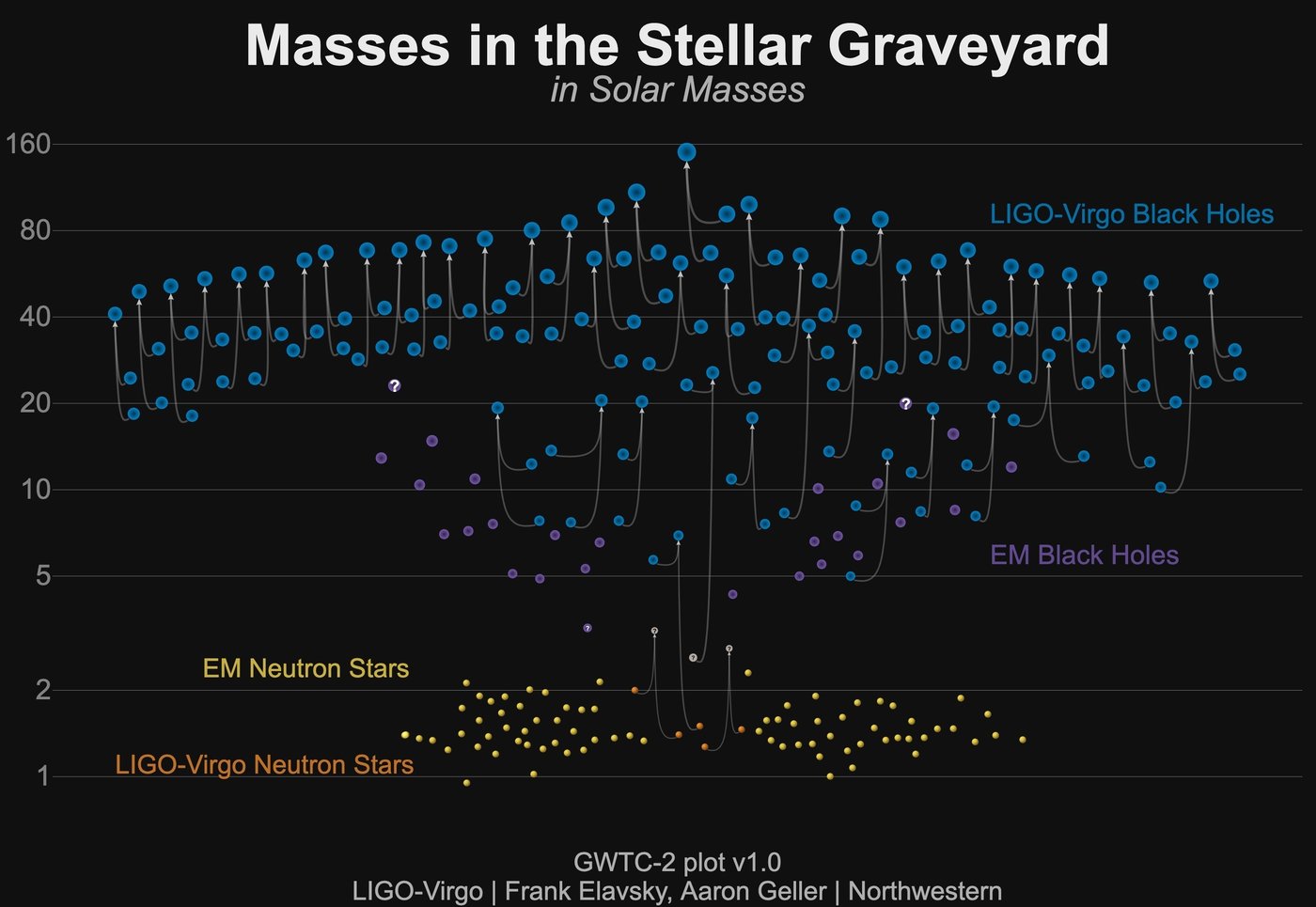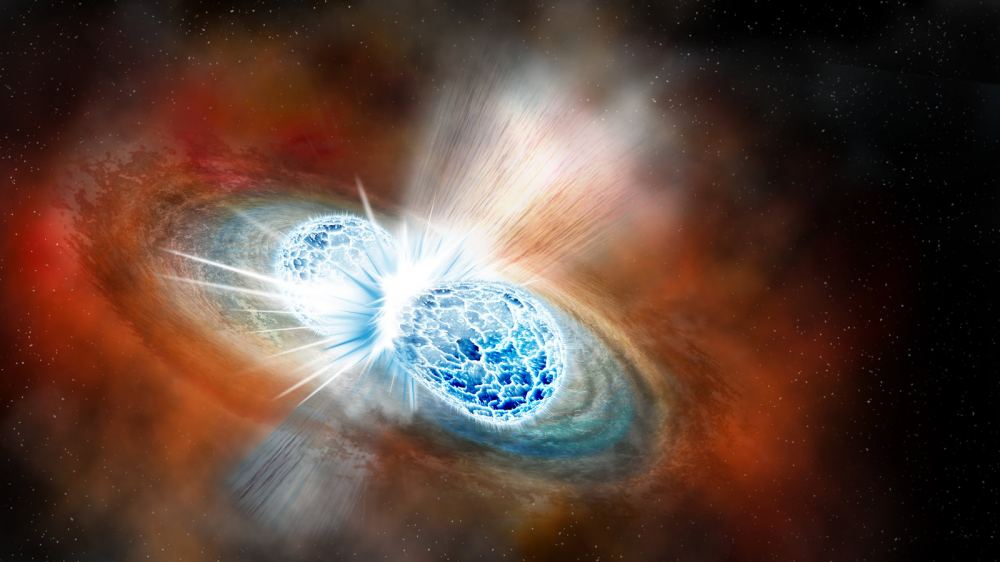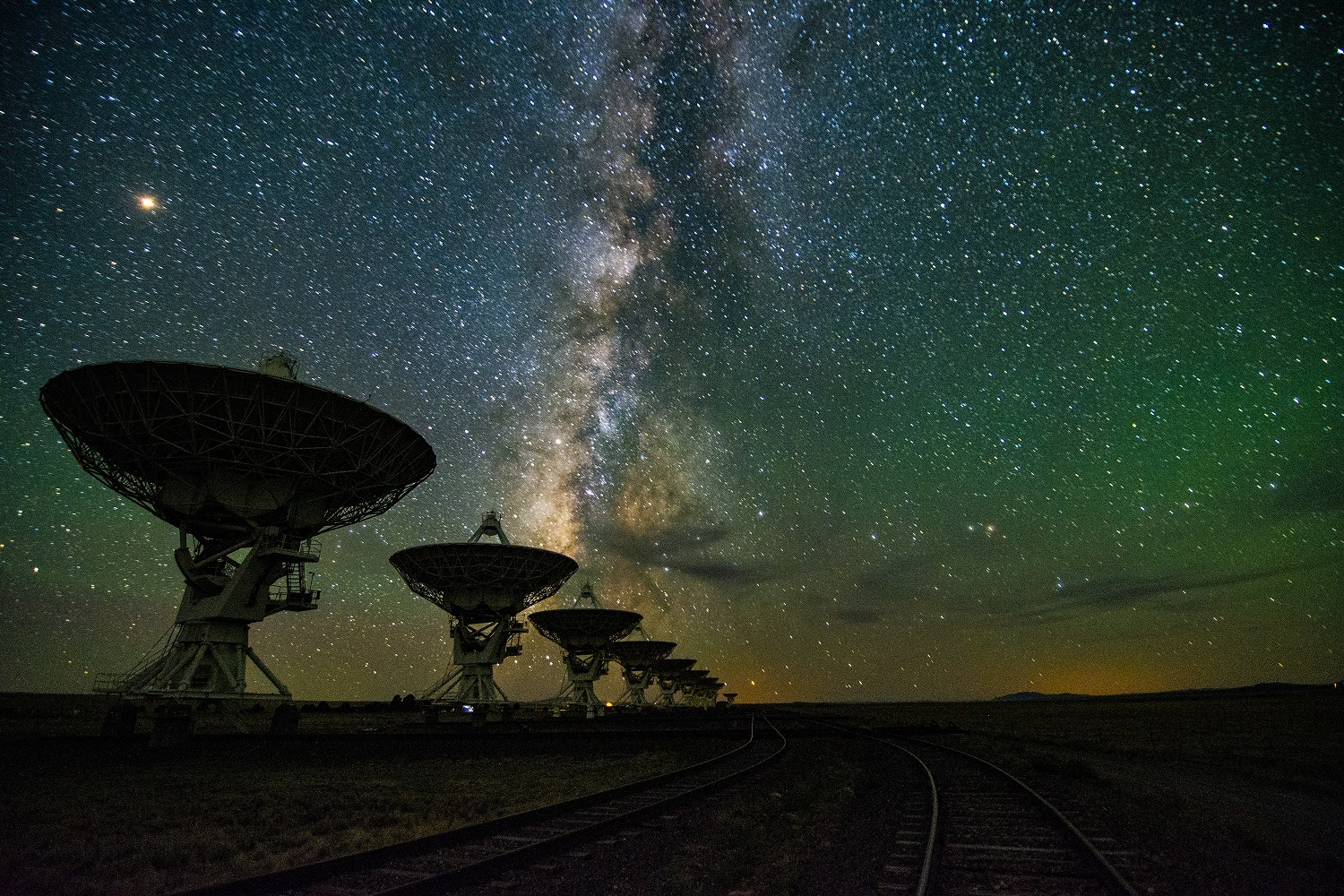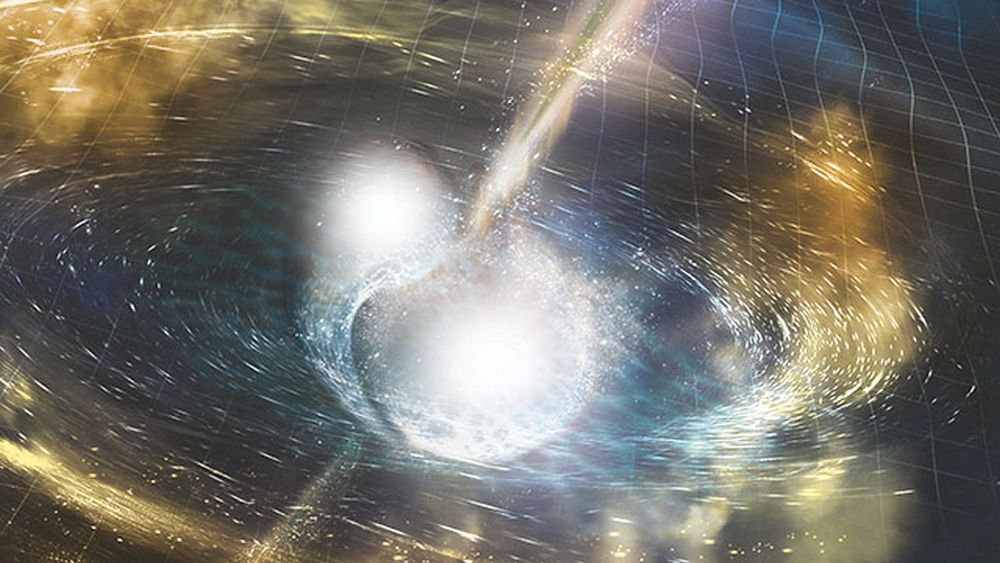The Standard Model of particle physics does a good job of explaining the interactions between matter’s basic building blocks. But it’s not perfect. It struggles to explain dark matter. Dark matter makes up most of the matter in the Universe, yet we don’t know what it is.
The Standard Model says that whatever dark matter is, it can’t interact with itself. New research may have turned that on its head.
Continue reading “Evidence of Dark Matter Interacting With Itself in El Gordo Merger”

